Lately, I've been feeling disenchanted with the PC hardware industry. The old excitement surrounding product launches and reviews has given way to familiar waves of disappointment. Brands like Nvidia, AMD, and Intel have done their fair share in making gamers feel this way, thanks to the latest CPUs and GPUs launched in the last few months. PC gamers are gradually picking up on the new normal of PC hardware, but it's high time they realized that things are probably going to stay this way for a long time.
5 The age of big gen-on-gen gains is probably over
Hitting the silicon wall
As gamers, we used to expect significant generational gains with every new series of CPUs and GPUs. A new microarchitecture should offer consumers a significant leap in performance, so they're incentivized to invest in the latest hardware. Even though most of us don't upgrade every generation, we expect every generation of CPUs and GPUs to justify their existence. This isn't what has been happening lately.
Nvidia's Blackwell GPUs failed to deliver the kind of gains we saw with its previous-gen lineups. AMD's Ryzen 9000 series is mostly the Ryzen 7000 series with a fresh coat of paint. And Intel's Arrow Lake desktop CPUs took one step forward and two steps back, as they ended up being slower than the 14th Gen Core CPUs in gaming.
We've heard CEOs declare that Moore's Law is dead, so this trend of poor generational improvements might not be just a rough patch after all. As the limits of traditional computing rear their head, manufacturers will struggle to deliver strong performance gains every generation. Gamers might want to consider retaining their existing hardware for longer, and upgrading only after multiple launches.
4 AI-powered performance is here to stay
The times they are a-changin'
A growing trend that's in lock-step with falling generational gains is the increasing reliance on AI-assisted performance. AI has always been a part of GPU computation in some form or another, but with the launch of Nvidia's RTX 50 series, it's been front and center. The company's Multi Frame Generation (MFG) technology, as part of DLSS 4, promised sky-high framerates, but at the cost of increased latency. The performance boost might as well be smoke and mirrors.
Nvidia isn't alone; AMD and Intel have also brought dedicated AI hardware to their GPUs to offer advanced frame generation. These techniques might push the FPS counter up, but they're no match for raw hardware-based performance boosts. You might not like manufacturers growing too chummy with AI, but AI-generated performance isn't going anywhere. It's the talk of the town, and no industry is being spared.

Related
It's time to accept Nvidia's "fake frames" might be the new normal
Like it or not, Nvidia's RTX 50 series shows that AI-generated frames are here to stay
3 The GPU triopoly might turn against us
An evil lurking in the shadows
Last year, I wrote about how the GPU market will turn into a 3-way battle royale, thanks to Nvidia, AMD, and Intel. This might have sounded promising — more competition is always welcome. However, this neat slicing of the market by the three GPU players comes with a genuine risk. As Nvidia, AMD, and Intel consolidate their hold on the high-end, mid-range, and budget segments, respectively, they might be left to operate unchecked by the others.
Consider this: Nvidia stands alone at the top of the mountain, with no one questioning the supremacy of its offerings, such as the RTX 5090. AMD, on the other hand, has resigned itself to the mid-range segment with GPUs like the RX 9070 XT and RX 9070. Lastly, Intel is the only player offering decent budget GPUs to gamers in the form of the Arc B580 and Arc B570. This clean segmentation means Intel is free to raise its prices as long as they stay at a healthy distance from those of AMD's mid-range SKUs.
AMD can do the same thing by launching more powerful GPUs that cost more than their current SKUs, but stay well below in price than Nvidia's high-end cards like the RTX 5080. Despite the market seeming competitive as every gamer buys into the relevant team, based on their budget, each player gets to jack up prices in its respective segment, unencumbered by the other two. Competition in the same segment might become a thing of the past, hurting gamers in the long run.
2 MSRP will become meaningless
Just a "suggestion"
The erosion of MSRPs had already begun with the last generation of GPUs, but it firmly established itself this year. Even now, GPUs like the RTX 5070 Ti and RX 9070 XT remain marked up by at least 30–40% over MSRP, and high-end SKUs like the RTX 5080 are selling at even more ridiculous prices. The reasons behind this might be manifold, but the fact is that this seems to be a pattern now. Gamers should expect the same thing in the next generation, and possibly after that as well.
Companies like Nvidia and AMD are setting unrealistic MSRPs that can't be maintained at the current stock levels. Retailers are being offered rebates only for a certain portion of the stock, beyond which they're forced to jack up the prices to recover their costs. Scalpers are also dutifully fulfilling their role, scooping up cards and making massive profits on the secondary market. And due to the AI boom and the general explosion in the popularity of GPUs, prices are only set to increase. Be prepared to see more paper launches in the future.
1 Buying pre-owned will become more popular
The natural order of things
Multiple factors will come together to make pre-owned hardware more attractive to an increasing population of gamers. Impressive generational gains, non-existent availability, and out-of-touch pricing will force consumers to see used components in a new light. If you're getting almost the same performance at a significantly lower price than a previous-gen CPU or GPU that also has a warranty, why would you burn money on a newly launched product?
Sure, buying used components needs some due diligence, but it's more than worth the effort when companies are busy launching terrible products left and right. You can not only save a lot of money by going pre-owned, but also do your bit for the environment. Used hardware doesn't have to be inherently risky; you just need to know what to do to protect yourself before buying used PC parts.
It's a new age for PC gamers
PC hardware goes through cycles, but the current state of affairs seems a bit more permanent. Companies are focusing on AI-powered performance rather than raw hardware gains, MSRP has become meaningless, and buying pre-owned components seems to be the only choice for many gamers. We might come out of this eventually, but for the near future, PC builders should accept this new reality rather than fighting it. It's more peaceful that way.
.png)
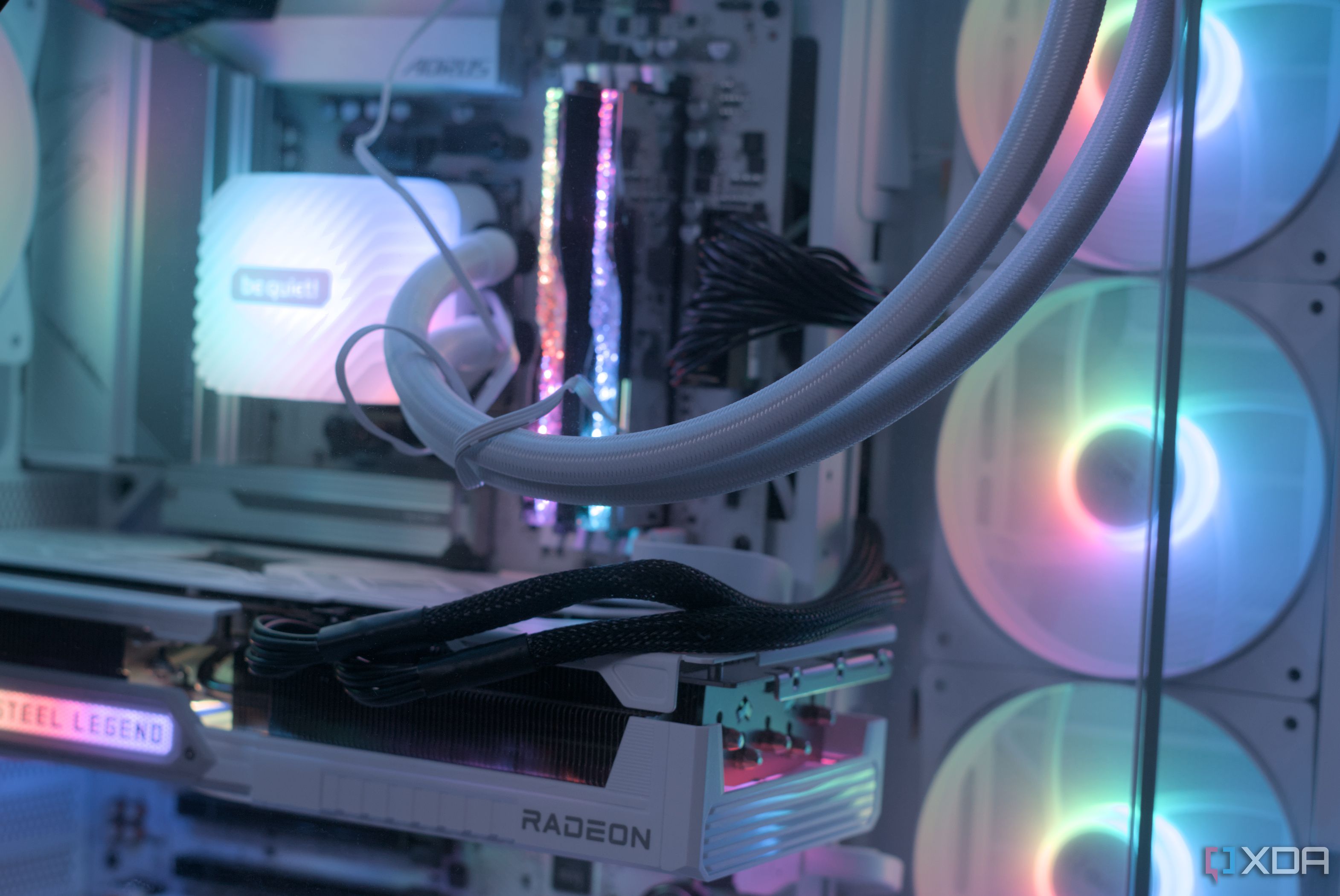
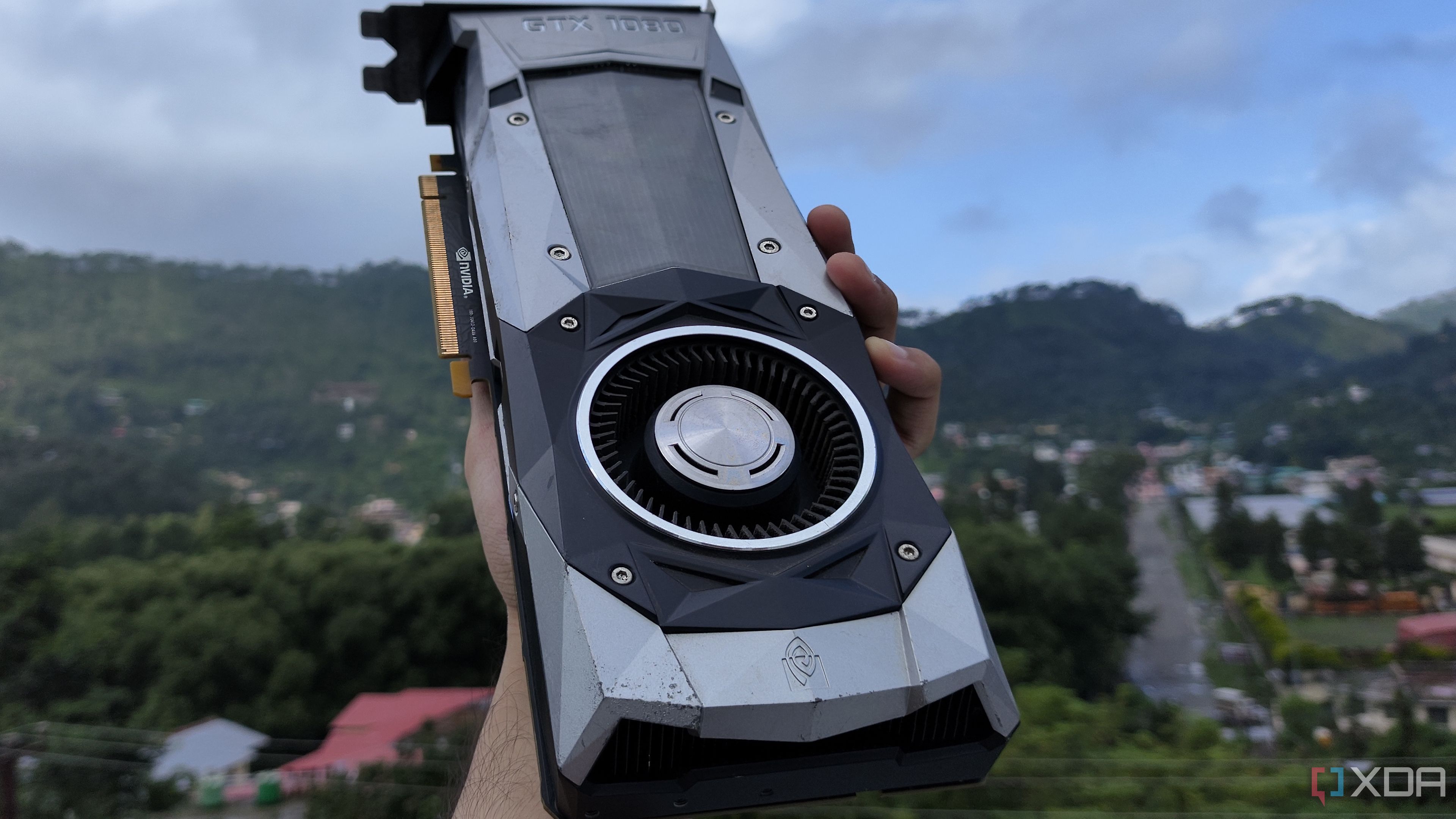
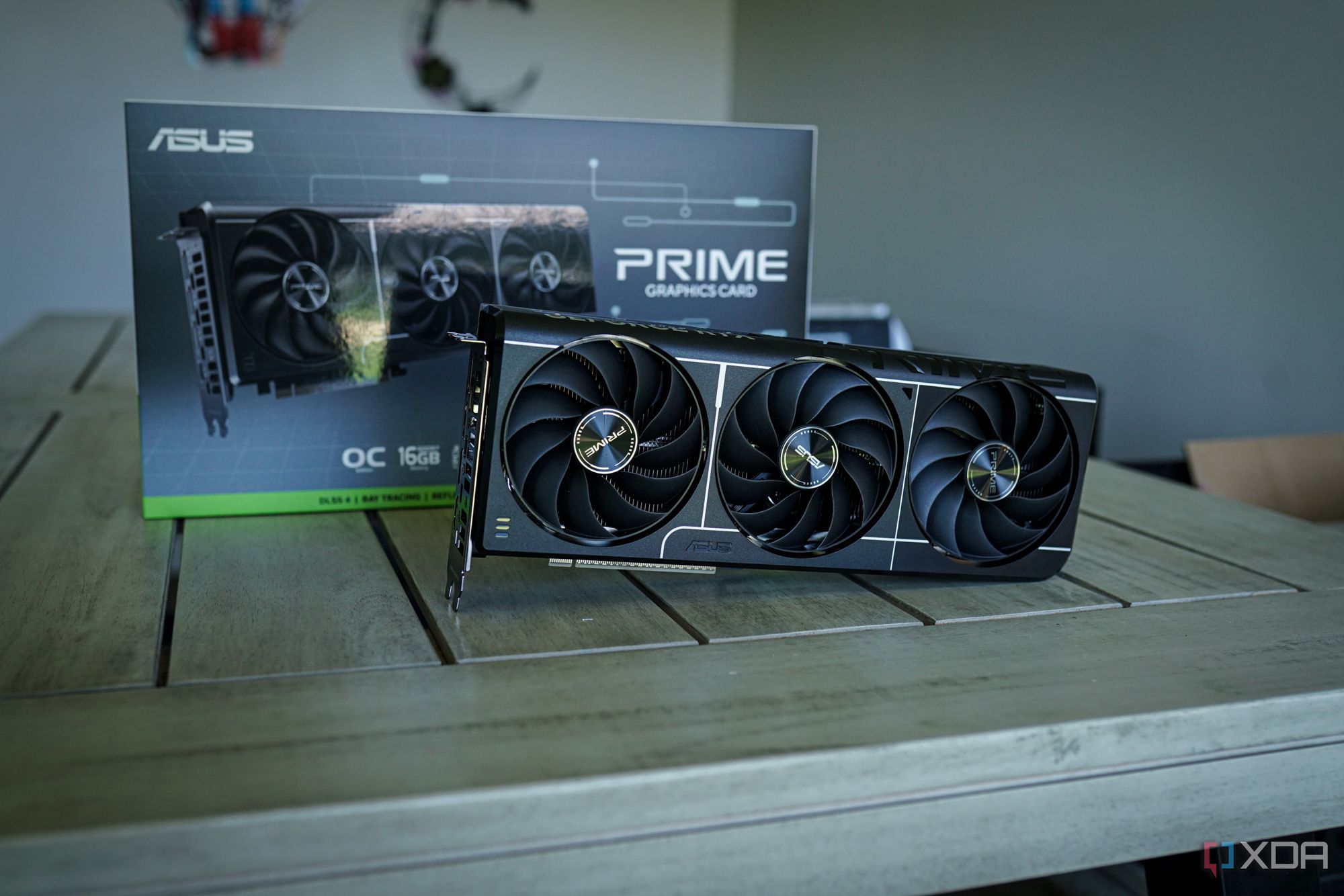
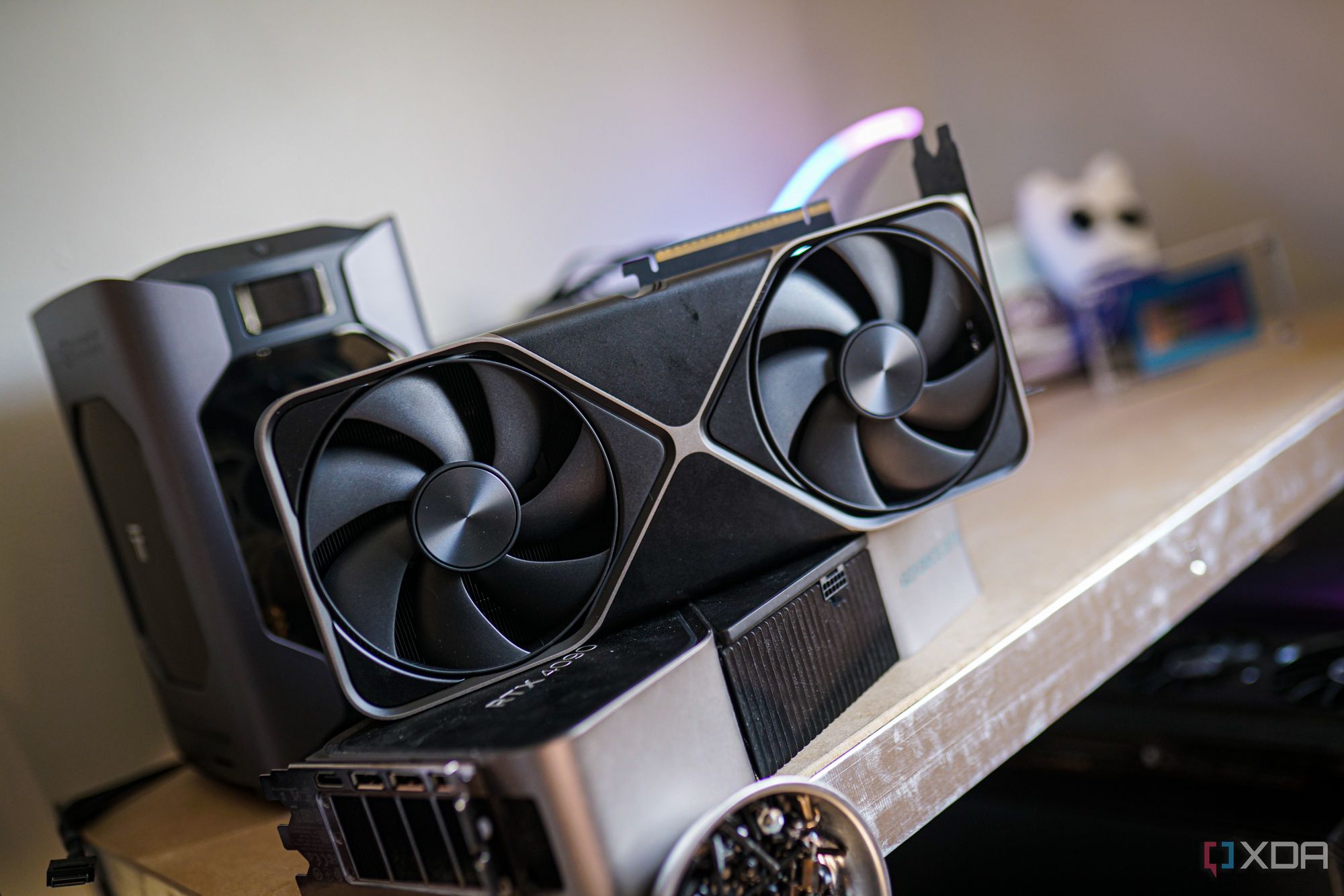
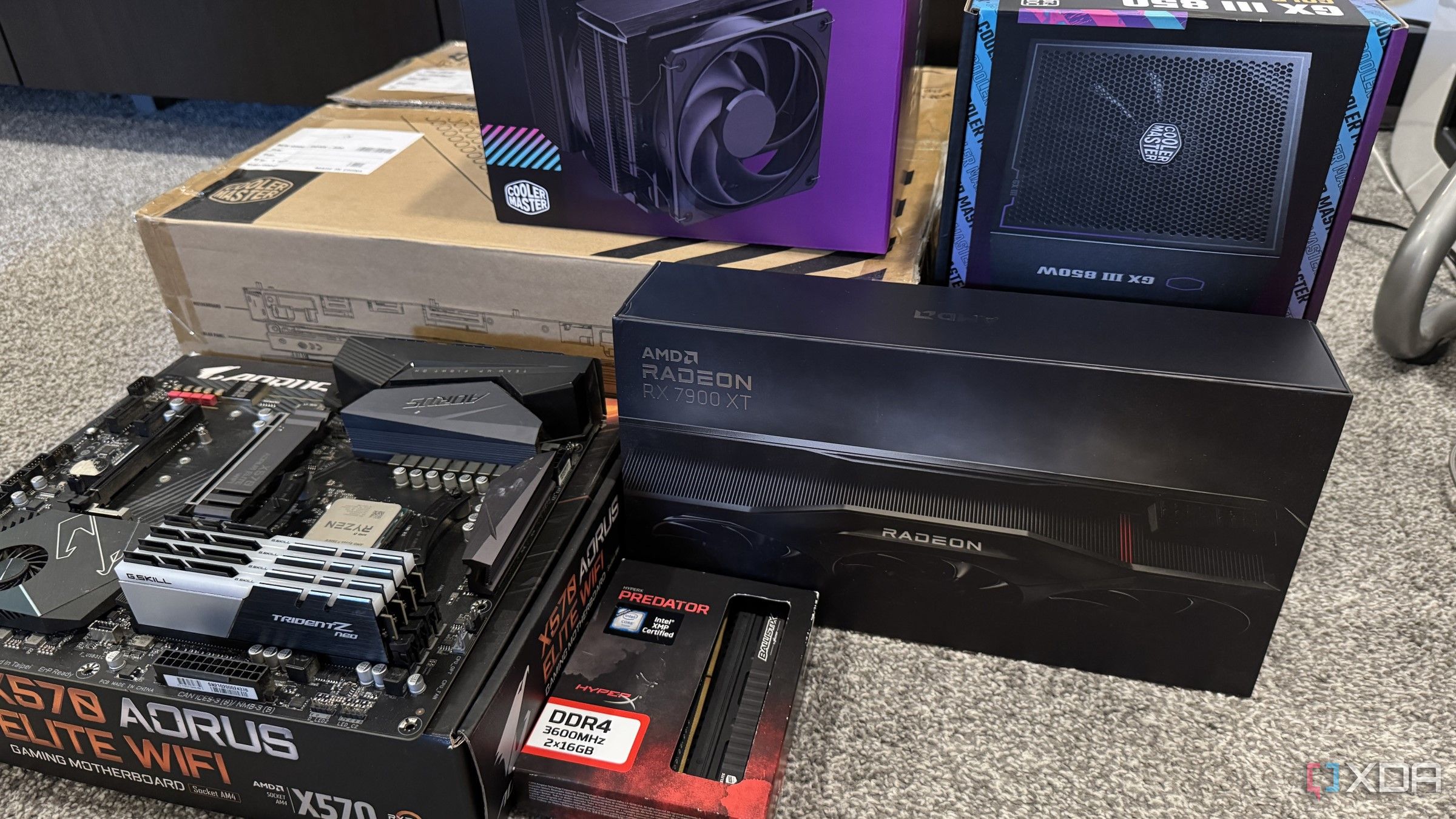











 English (US) ·
English (US) ·